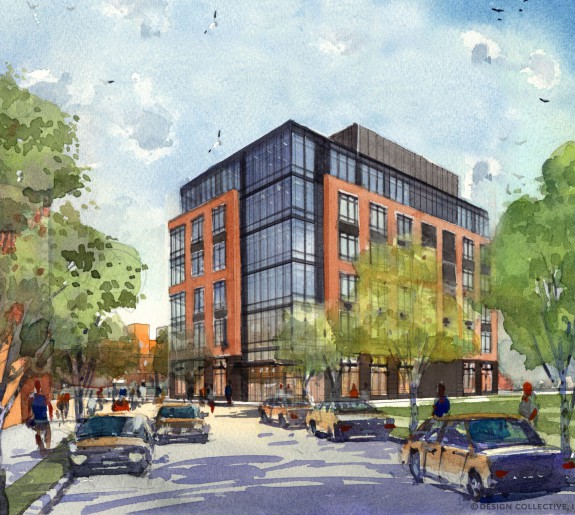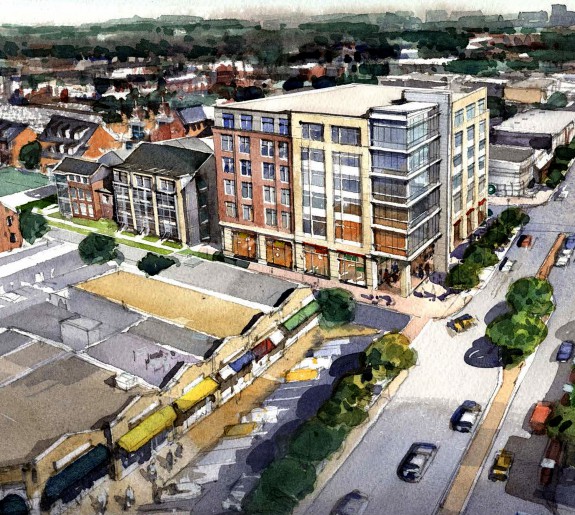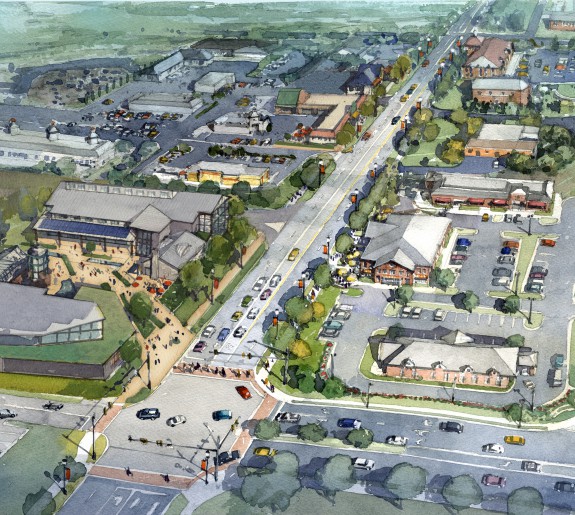








Route 9 Corridor Plan
Wilmington Area Planning Council (WILMAPCO)
Location
New Castle, Delaware
Design Collective was hired by the Wilmington Area Planning Council (WILMAPCO; the area’s MPO) to prepare a 20-year Master Plan for a three-mile stretch of the Route 9 corridor near Wilmington, Delaware. Stretching from I-495 to I-295 between Wilmington and New Castle, DE, and from Route 13 to the Delaware River, this portion of Route 9 is identified as an area challenged by a lack of investment, underutilized land, incompatible uses, and auto-oriented development with limited capacity for pedestrians and cyclists. The Corridor is an important thoroughfare, carrying over 16,000 vehicles per day, characterized by distressed neighborhoods and high rates of unemployment, crime, and health and economic disparities.
Design Collective, in collaboration with RCLCO (market analysis) and Toole Design Group (transportation and traffic), led an extensive and inclusive public process that focused on development, civic, and infrastructure reinvestment and corridor revitalization recommendations. Recommendations build from the Route 9 Innovation District vision and new library and were informed by input from a Walkable Community Workshop, input from a Steering Committee, participation from two public workshops and visioning sessions, engagement of DelDOT, and feedback from extensive mobile outreach to seniors, adults, teens, and children. The plan memorializes a set of analyses and strategies that will guide roadway improvements, address the streetscape within the public right-of-way, inform the market feasibility of future development, and implement a common vision for the Route 9 Corridor. Plan recommendations and implementation strategies include:
- Improved streetscape, key intersection enhancements, and removal of bicycle and pedestrian transportation barriers and safety issues along the corridor and especially at key intersections.
- Roadway improvements, including shared lanes, dedicated bus and bike lanes, marked crosswalks, improved lighting, enhanced and covered bus shelters, and, in some locations, reduced lanes.
- Roadway improvements that promote the use of alternative transportation and manage truck traffic.
- Improved access to jobs, healthy foods, recreation, community services, and affordable housing, and,
- Land use and zoning changes to support mixed-use and mixed-income redevelopment.


